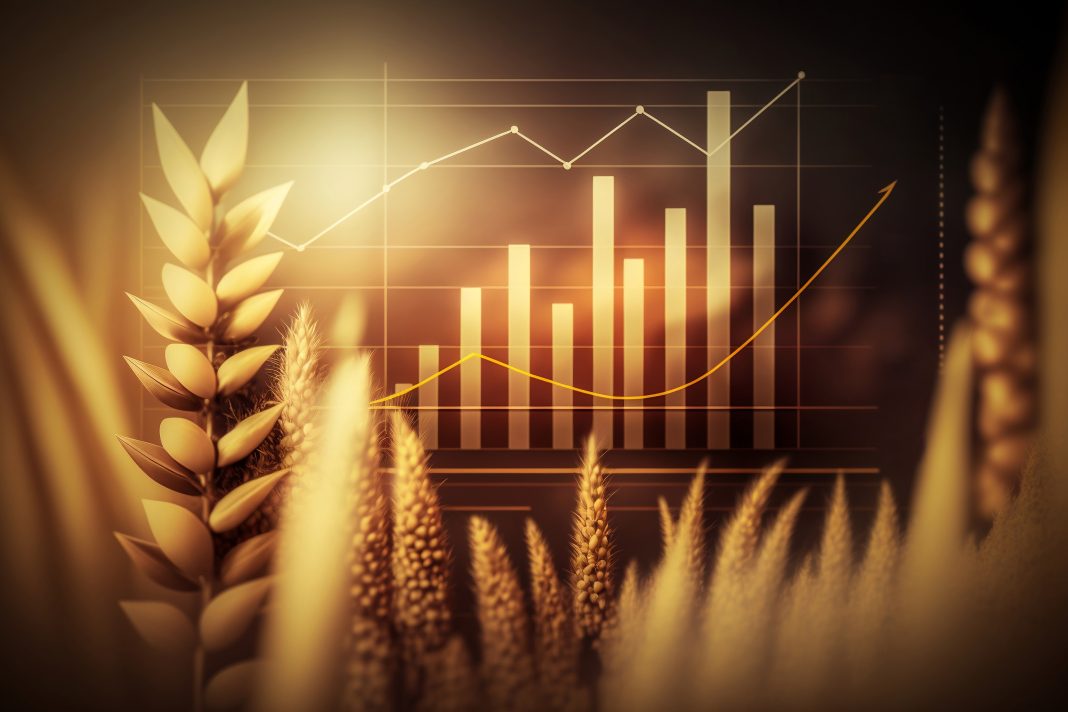KSA: Saudi Arabia’s Minister of Industry and Mineral Resources announced on Monday the country’s ambitious goal of attracting $20 billion in investments for its food industry by 2035.
According to the official Saudi Press Agency (SPA), the Kingdom of Saudi Arabia also aims to significantly increase its exports from $3.7 billion in 2022 to $10.9 billion in 2035.
The investment will be utilized to bolster various sectors of the food industry, including dairy, bakery, confectionery, and beverages, as cited by Minister Bandar al-Khorayef in the SPA report. The Minister of Industry and Mineral Resources intends to capitalize on the Kingdom’s comparative advantages in certain agricultural crops, thereby maximizing their value.
These endeavors align with the National Industrial Strategy’s objectives, which strive to foster sustainable growth within the food industries.
According to Al-Khorayef, these investments are projected to generate over 4,000 job opportunities within the food industry sector. Moreover, they will play a pivotal role in enhancing local content development and promoting the export of Saudi food products to both regional and global markets.
Driven by the impact of the COVID-19 pandemic and trade disruptions caused by Russia’s invasion of Ukraine, Saudi Arabia has intensified its focus on agriculture. The nation, largely dependent on food imports, has embarked on a series of agricultural acquisitions and partnerships.
Moreover, in recent years, the Saudi Agriculture and Livestock Investment Company (SALIC) acquired a majority stake in the former Canadian Wheat Board and made substantial investments in agricultural trader Olam Agri Holdings and Indian rice producer LT Foods Ltd. Additionally, SALIC has joined forces with Brazilian meatpacker Minerva SA to acquire slaughterhouses and a lamb processor in Australia.
Through these strategic investments, Saudi Arabia aims to strengthen its food security, stabilize food prices, and enhance its self-sufficiency in the face of global supply chain vulnerabilities.







